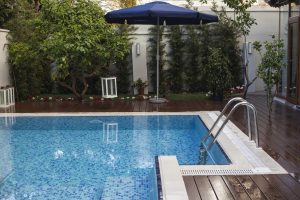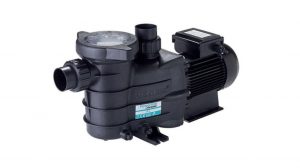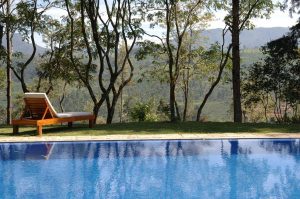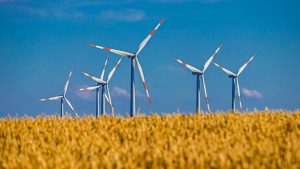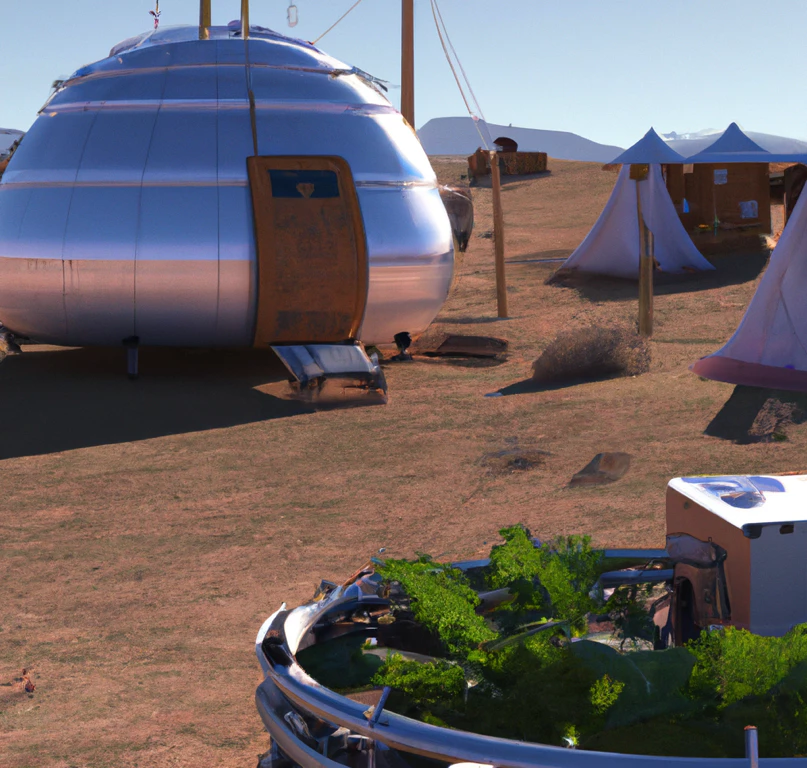
Living Off the Grid in a desert environment has unique challenges. One of them is growing food so you can live off the land. Is off grid desert farming even possible?
In this article we’ll explore different ways that you grow your own food whilst living in a desert type climate.
Not all deserts are the same, and sometimes water can be more plentiful than you might expect.
What's on this page?
Off Grid Desert Farming Youtube Channel
It’s worth mentioning that there’s a popular YouTube channel called “Off Grid Desert Farming with Paul & Adrienne”. They live out in Arizona, and grow a lot of their own food off grid.
Recently more of their content has been more “WW3 Preper” style content, so if that’s not your thing then this pumkin video might be more what you’re looking for:
https://www.youtube.com/watch?v=plAEiwQPU6I
Why Would You Want to Farm in the Desert?
The short answer is that more of the world is becoming desert due to climate change.
Also many people chose to live in desert like environments because they simply like it, or because that is where land is cheap and far away from cities.
An acre of land in the California desert can be 10-50x cheaper than grassy prarie land for example.
If you are going to live in a desert climate, then growing your own food is a huge step towards being fully self sufficient living off grid.
Living Off Grid in the Desert
Living off grid in the desert presents unique challenges. It can be a very hostile environment for humans.
However most desert regions have a key advantage: they have an abundance of solar energy. This needs to be captured and used to be useful of course, but compared the snowy polar regions of our planet where energy is harder to come by, deserts are rich in abundant solar power.
Solar power can be used:
- To grow plants
- To power anything electrical using solar photovoltaics (solar panels)
- For cooking and heating water
- To dry laundry
- To dry firewood quickly using a solar kiln
- To store in batteries to use at night
- To electrolize into hydrogen to store for longer term use or in hydrogen electric vehicles
- Passive solar cooling
Sahara Forest Project
The Sahara Forest Project is an international collaboration to experiement with solutions for feeding the several billion humans on our planet, as more areas turn to desert.
It aims to “to utilize what we have enough of to produce what we need more of, using deserts, saltwater, and CO2 to produce food, freshwater, and energy.”
Native Edible Plants in the Desert
The desert is well known for cacti and succulents, many of which are edible. Other plants include:
“Abal: these have fresh, edible flowers during spring.
Acacia: the leaves, flowers and pods are edible.
Date palm: edible fresh but is bitter if eaten before ripe.
Desert amaranah: all is edible, however spines must be removes before consumption.
Desert raisin: this can be eaten raw when green-white to yellow-brown.” [1]
These can all of course be cultivated and farmed.
There are also desert animals which native people of desert areas have traditionally eaten.
Off Grid Desert Farming Using Modern Techniques
Hydroponics
The desert is lacking in two things key to growing food: soil and water. Hydroponics addreses both of these by:
- Highly efficient water and nutrient use
- Using nutrient dense water as the growing medium instead of soil
Because the water used in hydroponics can be recycled, and is often in semi-sealed systems, evaporation and overall water loss is much less than with soil.
Hydroponic systems have been used sucessfuly in the desert for many years, and even in space.
Fewer plants are lost to pests because the water based environment is less hospitable for them, it’s easier to detect and remove them, and it’s also typically done in a greenhouse or structure rather than out in the open. This can eliminate the need for chemical products that can also be unhealthy for humans.
Aeroponics
Aeroponics takes the already high efficiency of water use of Hyrdoponics and turns it up to eleven.
Instead of submerging the roots of plants in water, aeroponics uses a fine mist of water and nutrient solution.
This allows for “up to 30% less than hydroponics and 95% less than outdoor farming” [2]
References
[1] https://biomesandfoodsecurity.weebly.com/desert-food-production–a-sustainable-future.html
[2] https://www.lettusgrow.com/blog/is-aeroponics-better-than-hydroponics

